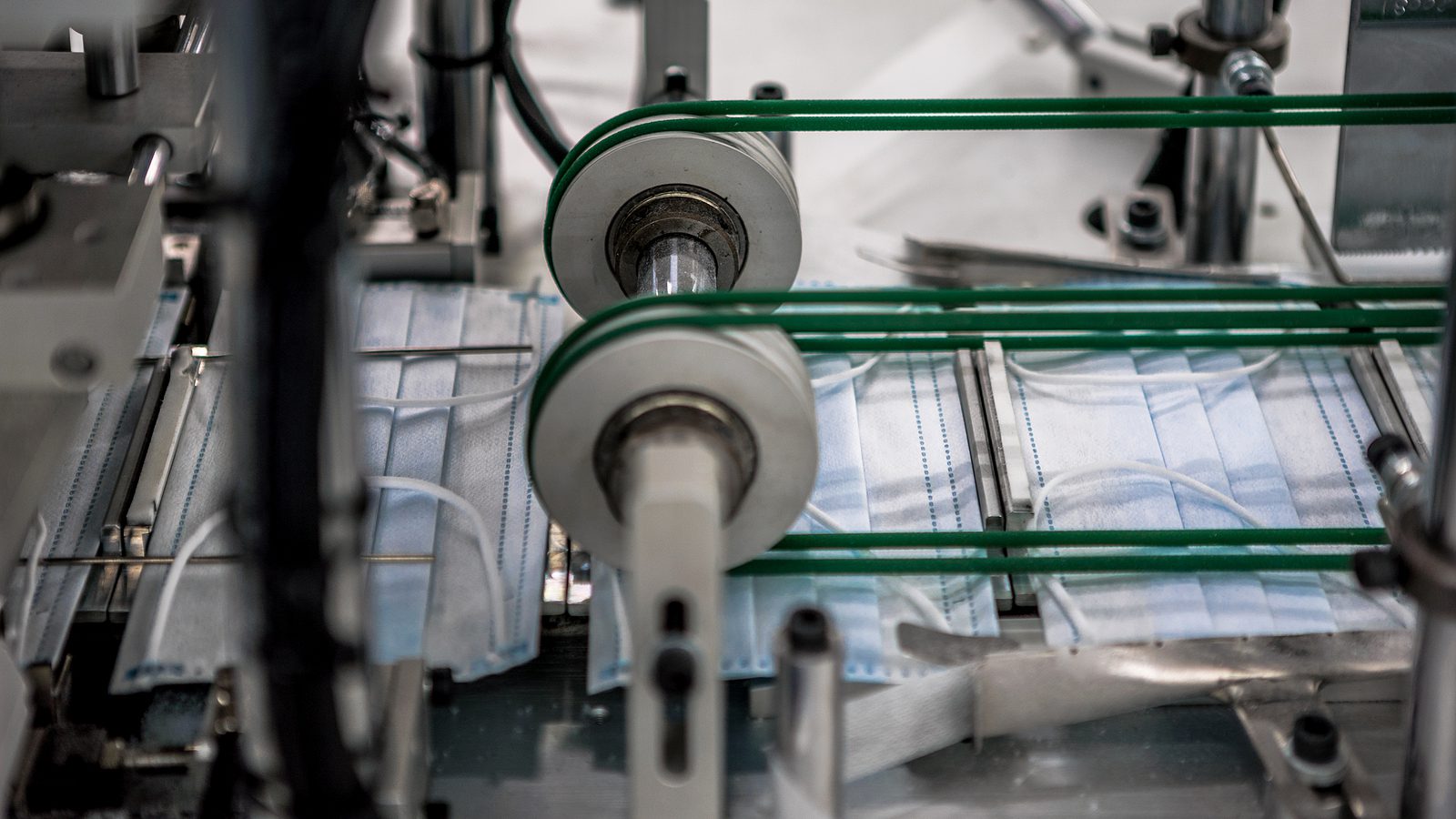By Laser 1 Technologies
Manufacturing Trends For 2020
When the calendar flips to a new year, every industry looks forward to the 12 coming months with an eye to upcoming trends. It’s more than just curiosity – it’s necessary for resilience.
Decades of disruption have defined manufacturing for several decades now, and the future looks like it will bring more volatility in costs, global trade dynamics and policy decisions.
Anticipating the future is a useful exercise to help increase operational flexibility and adaptability as we navigate the uncertainty ahead.
Deloitte, a popular manufacturing website says in respect to their 2020 Manufacturing Industry Outlook Report:
2019 began with the US and global manufacturing sectors experiencing continued growth, though recently the manufacturing sector has slowed as the risk for a downturn in global manufacturing increases. The global purchasing manager’s index (PMI) in September recorded its fifth month below 50.0, which is the level that symbolizes the divide
between expansion and contraction. While US manufacturing indicators have been positive through the first two quarters of 2019, in August the US PMI joined the global trend with its first below-50 reading (49.1) in more than three years.
Here’s the reality: Whether manufacturing is expanding or contracting, success belongs to those who are willing to get educated, explore options and adopt the most appropriate new technologies. Here are a few advances that we have our eye on.
Adopting Alternative Energy Sources
Corporate social responsibility is an increasing trend throughout all industries.
One way this is manifesting in manufacturing is in the adoption of alternative energy sources, which is good business in many respects. Deloitte says “being good appears to pay off: 40 percent of Social Supers (socially conscious businesses) report that these initiatives have helped them to generate new revenue streams.”
3D Scanning
3D scanning is poised to transform industry. This technology enables the rapid, economical capture of digital 3D images, of objects of all kinds. It’s a key technology in today’s reverse engineering, as well as the booming additive manufacturing segment. It’s also useful for quality inspections, and dimensional inspections. Other applications include civil engineering, archaeology, mining, geographical topography and more.
Distributed Manufacturing
Distributed Manufacturing is also known as local manufacturing, distributed production, and cloud producing. Digital manufacturing is an “everything old is new again” approach to decentralized manufacturing. This 2.0 version gets a massive boost from 21st century information technology.
While assembling and packaging end products closer to their final destination increases the complexity of the enterprise, technology can overcome these complexities, ultimately achieving increased overall efficiency. Benefits include reduced lead times, increased responsiveness, flexible local sourcing and lower freight costs.




